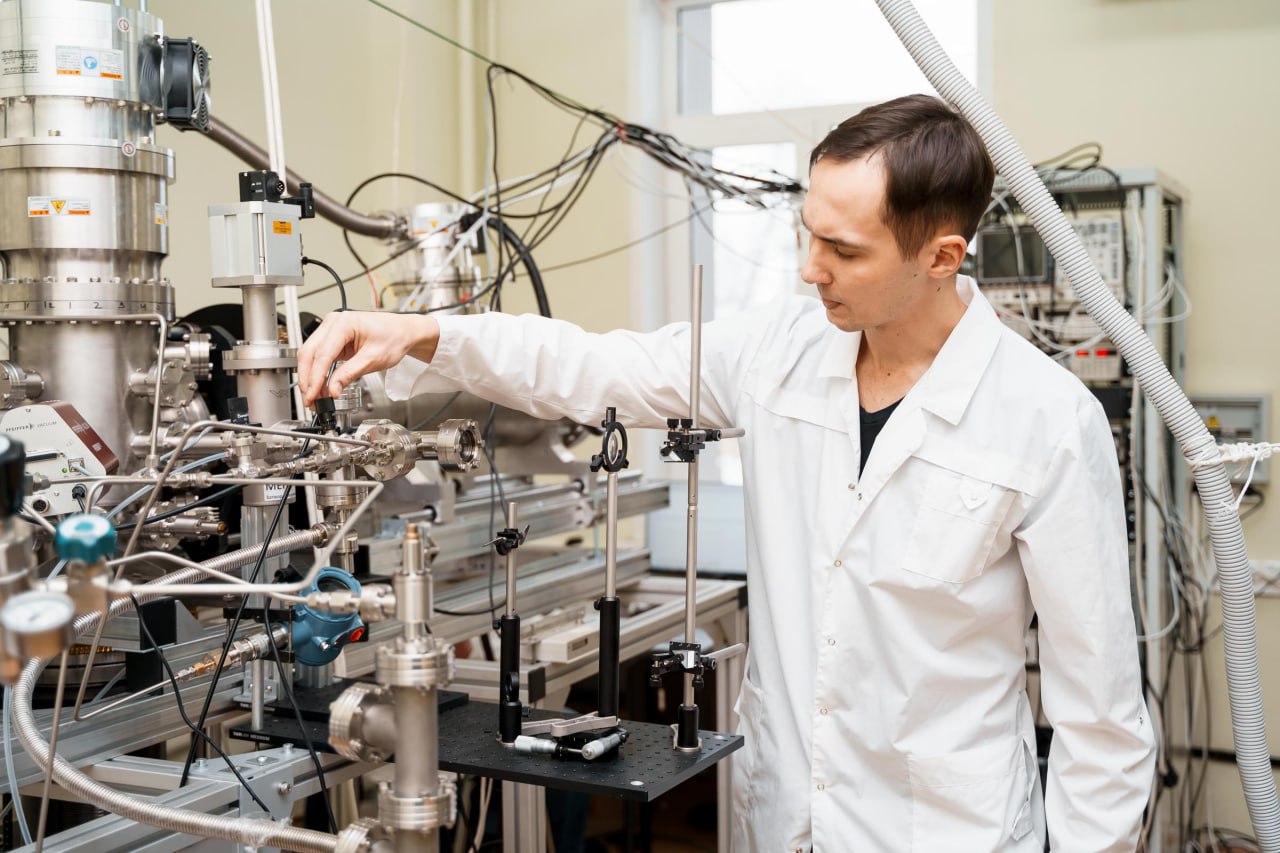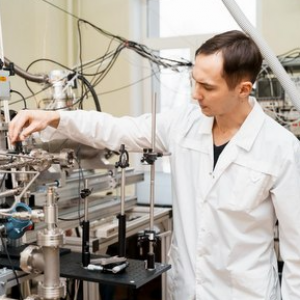An organic compound that plays an important role in the process of the origin of life, in conditions close to space, was synthesized for the first time by scientists from Samara University as part of an international team. The authors believe that the synthesis of the simplest organics in conditions simulating space ice will help to find the clue to the origin of organic life in our Universe. The findings are published in Physical Chemistry Chemical Physics
Ketoaldehydes are key intermediate products in biochemical processes occurring in living organisms, including the metabolism of carbohydrates, lipids and amino acids. Therefore, they can play an important role in the prebiotic synthesis of the main biomolecules necessary for the origin of life. However, so far, the mechanisms of their formation remain unclear to researchers.

A scientific facility for studying chemical processes in deep space conditions created at the Center for Laboratory Astrophysics of the SB LPI
Scientists from Samara National Research University have for the first time synthesized the simplest ketoaldehyde, methylglyoxal (CH3C(O)CHO) in conditions close to space ones. They did this by irradiating ice, consisting of carbon monoxide and acetaldehyde, with a stream of electrons in a deep vacuum at liquid helium temperatures.
To find out what substance was obtained as a result of the reaction, the scientists used the mass spectrometry method, in which the composition and structure of the product molecules were determined by accurate determination of their mass. The product molecules were ionized by vacuum ultraviolet radiation with a wavelength of 120 nm, after which they were accelerated in an electric field and the mass was determined by the time it takes for the ion to reach the detector.
Therewith, the wavelength of ultraviolet radiation used for ionization carried additional information about the structure of molecules, allowing us to distinguish between isomers – molecules with the same composition and mass, but different in structure and properties.
"The data obtained allow us to consider the synthesized substances promising candidates for future astronomical searches. After synthesis in cold molecular clouds, methylglyoxal can serve as a key precursor to sugars, sugar acids and amino acids", said Ivan Antonov, Associate Professor of the Department of Physics at Samara University.
According to the researchers, they have obtained for the first time experimental evidence of the transfer of a hydrogen atom inside a ketoaldehyde molecule in analogs of interstellar ice. This expands the fundamental knowledge of scientists about how ketoaldehydes and their derivatives can be synthesized in deep space.
"In the future, we will continue to study the processes of formation of complex molecules from simple ones in the conditions of outer space in order to build a model of the chemical evolution of the Universe. We would like to answer key questions: could the substances necessary for the development of life be synthesized in space conditions? What mechanisms lead to the formation of these substances? Ultimately, how unique is the existence of intelligent life in the Universe?" Antonov explained.
The study was conducted on a unique scientific facility for studying chemical processes in deep space conditions created at the Center for Laboratory Astrophysics of the SB LPI with the support of Megagrant No. 075-15-2021-597.
Source: ria.ru
